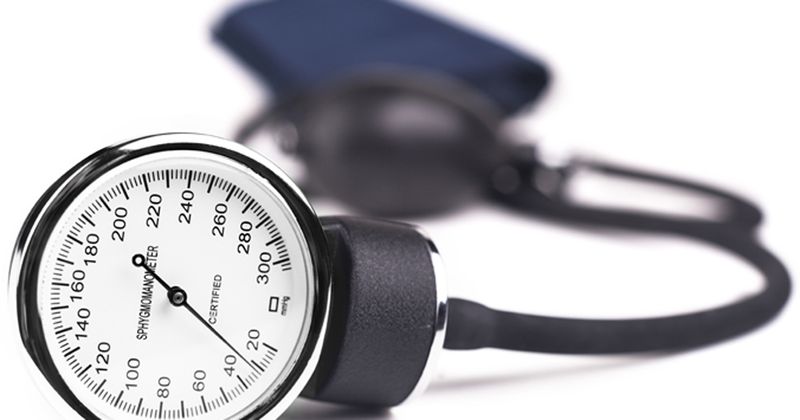Body composition, waist circumference not superior to BMI for predicting elevated BP
Key takeaways:
- Half of adults presenting for weight loss had normal BP.
- Further investigation of clinical measures to best predict cardiometabolic risk in patients presenting for weight loss is warranted.
DALLAS — Use of body composition or waist circumference was not superior to BMI to evaluate the presence of elevated blood pressure in adults undergoing a behavioral weight-loss intervention, according to data presented at ObesityWeek.
John M. Jakicic, PhD, FTOS, FACSM, research professor in the department of internal medicine in the division of physical activity and weight management at the University of Kansas Medical Center, and colleagues investigated the link between American Heart Association (AHA) categories of resting BP and measures of excess weight and adiposity among adults presenting for a behavioral weight-loss intervention.

Findings from the study suggest that among patients with a BMI of 25 kg/m2 to 40 kg/m2, 40% to 60% will have normal BP.
The study included 383 adults aged 18 to 55 years (79.4% women; 71.3% white; mean age, 45 years; mean baseline BMI, 32.4 kg/m2) who participated in a year-long behavioral weight-loss intervention.
Patients were grouped based on BMI (25 to < 30 kg/m2, n = 112; 30 to < 35 kg/m2, n = 177; 35 kg/m2, n = 94) and AHA BP categories of normal, elevated, stage 1 hypertension or stage 2 hypertension.
Fifty percent of patients were categorized as having normal BP. When broken down by BMI categories, 65.2% of those with a BMI of 25 kg/m2 to less than 30 kg/m2, 45.8% with a BMI of 30 kg/m2 to less than 35 kg/m2 and 41.5% with a BMI of at least 35 kg/m2 had normal BP.
In analyses controlled for age, race and sex, the researchers found that BMI, percent body fat and waist circumference were all associated with elevated BP (P < .001). However, stepwise regression showed that BMI was associated with elevated BP (P < .001), not percent body fat or waist circumference.
“Cross-sectionally, the presence of excess weight or adiposity does not appear to be the primary factor associated with elevated resting blood pressure in adults presenting for weight loss,” Jakicic said. “These findings warrant confirmation with longitudinal observational studies to examine the association between long-term exposure to excess weight or adiposity on resting blood pressure and adults who are otherwise healthy.”
Clinical use of these measures and “implications for identifying patients with cardiometabolic risk presenting for weight loss warrant further investigation,” Jakicic said.

